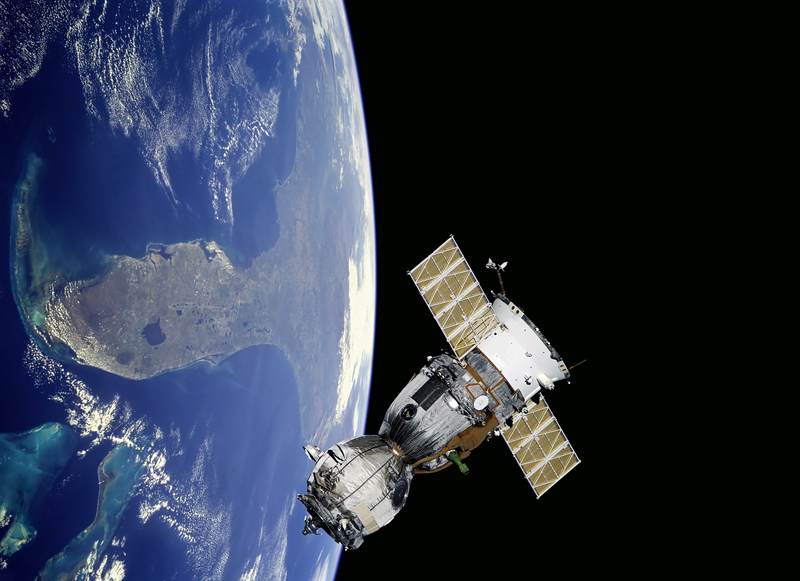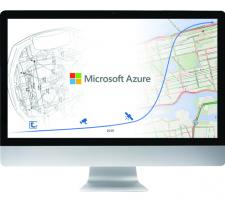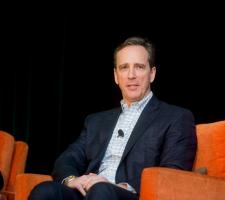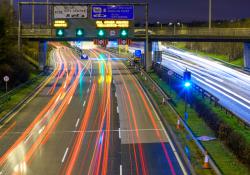
Over decades, the technology employed in toll collection has been honed to near perfection – automatic number plate recognition (ANPR) and radio frequency identification (RFID) tags are easily within a couple of per cent of infallibility even at highway speeds.
However, technical innovations beyond the confines of the toll road cannot be ignored and at this year’s Annual Technology Summit, the International Bridge, Tunnel and Turnpike Association (
To that end, this year’s summit had sessions and streams looking at Mobility as a Service (
Tech overview
The final day of the conference saw the culmination of this technical overview with a keynote address by
So what does he see in his crystal ball as the future of transport? He predicted that autonomous vehicles (AVs), car-pooling and tolling/congestion pricing will totally reshape and transform transportation - although he declared himself something of a sceptic in regard to AVs. While acknowledging that self-driving cars are inevitable, he believes they may be many decades away from being commercially viable and he posed the audience this question: how would you like to live in a world where it takes 100 million miles for a single car fatality? “We are already there, in the US at least,” he retorted. “Which is why it is so difficult to make a self-driving car, because it has to have a fatality rate lower than one for every 100 million miles. It will happen, but I don’t know when.”
Satellite tolling
He believes that modern technology has already made it easier to pay tolls and that satellite tolling makes it easy to impose tolls on an enormous number of roads. “So instead of paying one large charge such as corridor pricing in Stockholm or area pricing in London, you can have tolls literally on every street and the cost of each toll can be adjusted to dissipate congestion.”
Schwarz called it “ubiquitous congestion pricing” and predicted: “We will be paying a lot of congestion charges for each journey.”
He identified Singapore’s 2020 deadline for all cars to be equipped for satellite tolling and emphasised that there is no need for roadside infrastructure. He also pointed out that many new cars come with SIM cards and GPS fitted as standard, saying: “All that is missing is the toll transponder.”
Currently Schwarz is trying to assemble a working party to draw up global standards for satellite toll transponders. “That would be a game-changer for transportation – it would make tolls feasible, viable and easy.”
Politically the tolling of almost every street may prove difficult but he sees his third technology – car-pooling - as a way to ease that transition: “Once you have congestion charging, car-pooling becomes far more attractive. Splitting the congestion charge three ways makes it more affordable.”
His reasoning was that for each commuter there may be 10, 20 or even 50 potential carpool partners but in a metropolitan area of five million they are hard to identify and that’s been the problem. “Now the technology to easily find a suitable carpool candidate is becoming available,” he suggests. “More people will carpool, there will be less traffic and fairly steep congestion charges in many metropolitan areas.”
‘Who’s Zoomin’ Who?’
While reiterating that without congestion pricing self-driving cars will create gridlock, he said that when they do arrive, AVs will also be pooled and in doing so blur the line between private and public transit.
Schwarz then joined the ‘Who’s Zoomin’ Who?’ panel where Brennan Hamilton, senior product manager with
Ford will start fitting connected vehicle technology in all its cars in the US this year, will roll out connected Vehicle to Everything (C-V2X) in China 2021 and do the same in the US in 2022. While doing so he also reassured his audience that G5 modems and dedicated short-range communications (DSRC) “can co-exist better than two DSRC systems”.
Answering a question about the public’s reluctance to move away from vehicle ownership towards new mobility methods he said: “When they experience the freedom of not having to meet a lease car payment every month and just ordering up a car to go somewhere whenever they want, I think people will quickly adopt that model.”
Hamilton added that Ford will start deploying self-driving cars in 2020. However, in answer to a question from ITS International about measures to prevent Level 5 cars being used by those with ill intent, he said: “Level 5 is a long way off - we will learn along the way”.
Real-world testing
Another panellist was Michael Noblett, CEO of the
prepare for self-driving vehicles, he said current vision systems used by AVs work best on roads with good markings and signs. “But you can’t design a vehicle that only works in a perfect environment, you have to design it for the worst-case scenario,” he insisted.
Regarding the current state of on-board technology, he said: “At this point I would say these systems marginally improve safety.”
In reply to a question about the timeline for congestion charging and why there was such a slow uptake on car-pooling, Schwarz started by highlighting his definition of car-pooling as a driver who is making a journey taking others - potentially strangers - heading in the same direction. While this is often done in return for some financial recompense he clarified that “
Uber cost
But he added: “Congestion charging and car-pooling are both linked and inevitable.” His rationale was that with the Uber and Lyft model the cost per mile is a little over $2 - while for somebody driving themselves the cost (including depreciation, insurance and fuel) is around $0.50 mile.
So for the individual, the economics of Uber is unfavourable - unless parking is expensive.
Even if the average for Uber Pool is two people per vehicle, the cost will be a little over $1/mile per person – still much more expensive than driving. As he sees it: “Ubers are plentiful if parking is scarce and Ubers are scarce if parking is plentiful. If you want a price point that is below the cost of driving [to divert people from driving], you cannot use a model such as Uber or Lyft.”
Returning to what he considers genuine car-pooling, he gave this example: “I am driving to work (or autonomously) and somebody else is going the same direction and I give them a lift, so the cost is instantly halved and this is far cheaper than Uber or Lyft.”
Currently, however, for a 10-mile commute where the employer provides parking, the cost for the employee is $5 ($4 for a Prius) so making a couple of bucks along the way to pick up somebody else “is not worth the hassle” unless it is a 20- or 30-mile journey.
“However, if you implement congestion charging, the 10-mile drive takes only 15 minutes instead of 40 - but it costs $15 in congestion charges plus the $5 for fuel et cetera, taking the total to $20. Now I am willing to pick up ‘Joe’ along the route for, say, $12. ‘Joe’ is happy to pay me $12 because if he drives himself, it will cost him $20.”
Congestion charging
While acknowledging that this will be politically difficult to sell to the public, Schwarz argued that it is inevitable, and that car sharing technology would make such a move more acceptable to the travelling public.
“Congestion charging is a wonderful way of raising revenue,” he said, adding that it was self-regulating. “The cost of tolls will be exactly the same as the value of the time saved. You have given people some of their time back but taken some money from them. Nobody will miss the traffic congestion.”
Despite the political difficulties in implementing such a policy, Schwarz believes it will happen relatively quickly although he cannot predict when it will start. “It will only take one forward-looking or extremely cash-strapped authority to implement congestion charging. Once that happens in one city, everybody else will see the money they are making and the lack of congestion - making it a better place to live. Other will soon follow.”
Having broadened the focus for this year’s Technology Summit, the message to IBTTA members appears to be that the future has never been brighter for their sector. However, members must proactively engage with the changes that are happening outside the boundaries of their concession or risk missing out on the potential rewards.















